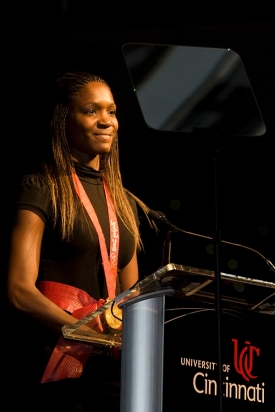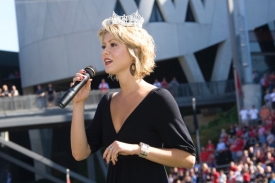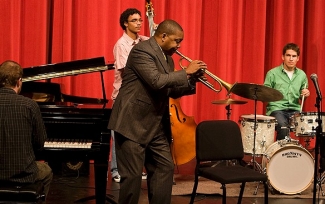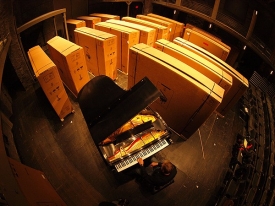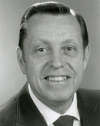$1 billion campaign launched
Meeting an ambitious goal -- to be "the finest public urban research university on a world stage," as UC President Nancy Zimpher puts it -- requires equally bold means to get there. Thus, the UC Foundation launched its campaign to raise $1 billion in private support over the next five years.
Only 65 higher education institutions have become involved in campaigns of that size in the last decade, according to the Council for Advancement and Support of Education. Named "Proudly Cincinnati: Tower of Strength, Rock of Truth," the campaign was launched in late October 2008 at an event featuring the governor, Olympic gold medalist and alumna Mary Wineberg and a host of other celebrities.
"This campaign will create a margin of excellence," said Zimpher. "We've spent a lot of time getting our goals in place. We have a strategic plan, and we've made progress relative to recruiting a wonderful student body. Our academic and research ambitions have never been higher. Our commitment to the community is squarely in place, and I think everyone would agree that this is a destination campus.
"Now we are ready to say to our diverse constituencies, 'Help us get to the next level.'"
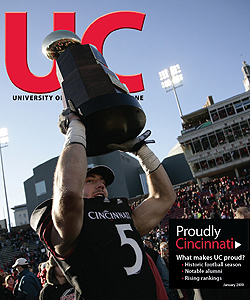
 Issue Archive
Issue Archive